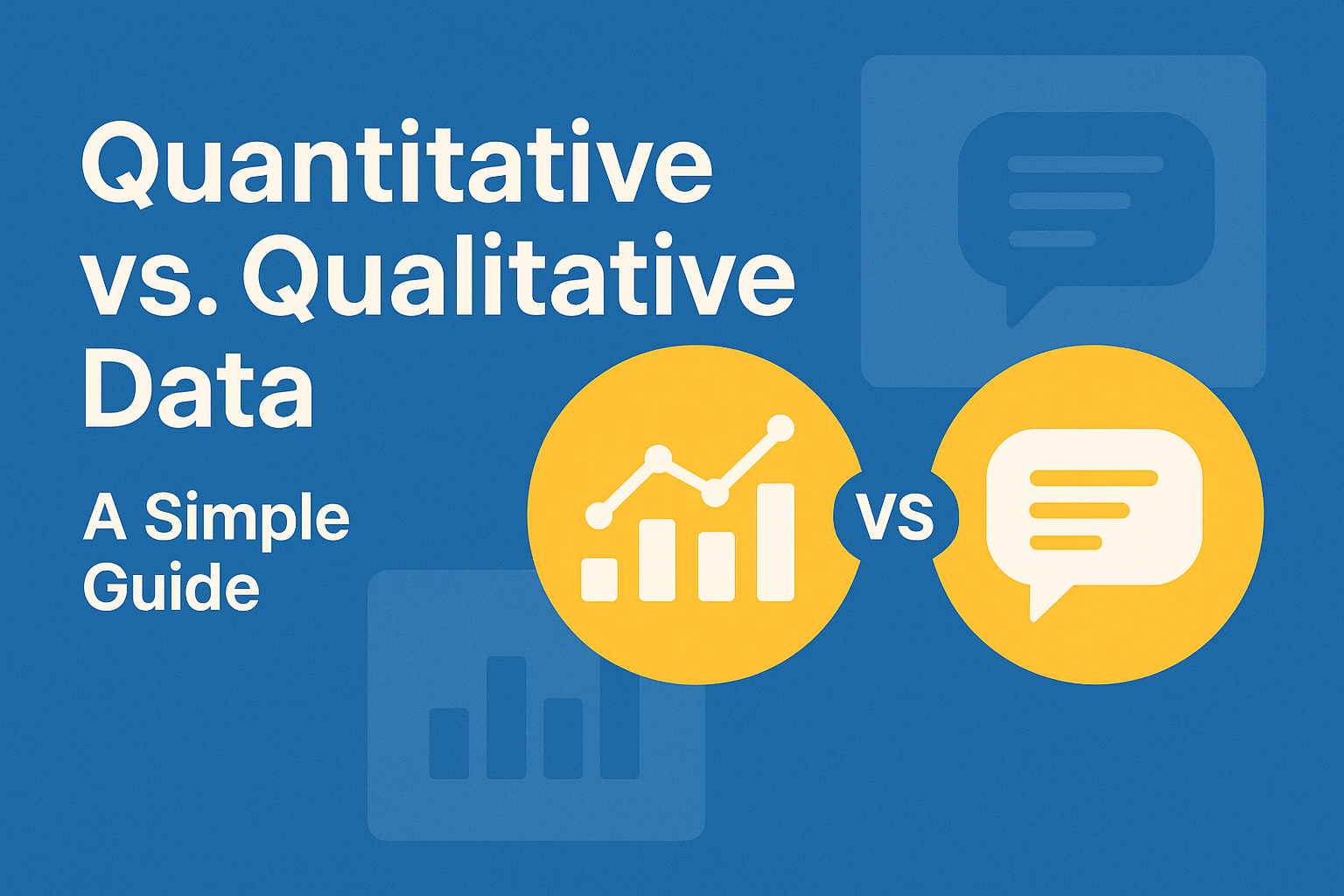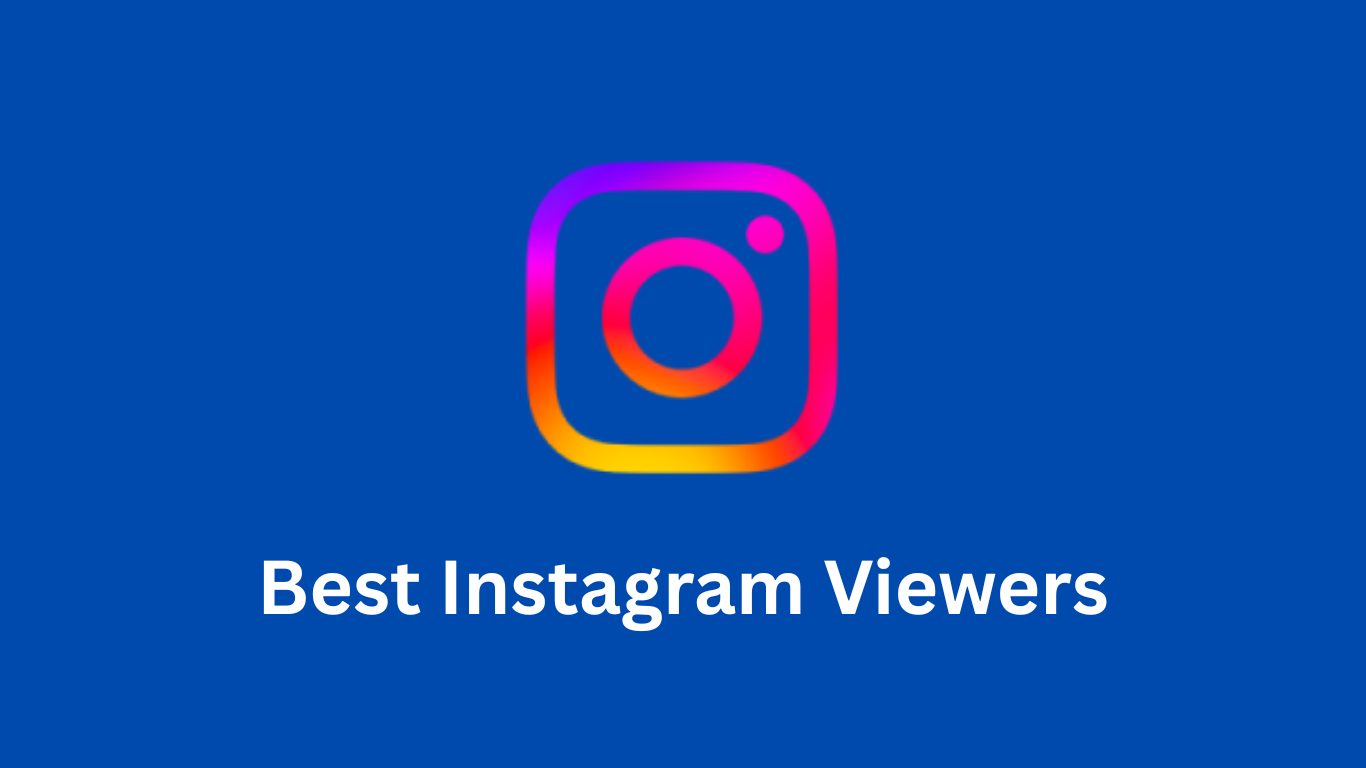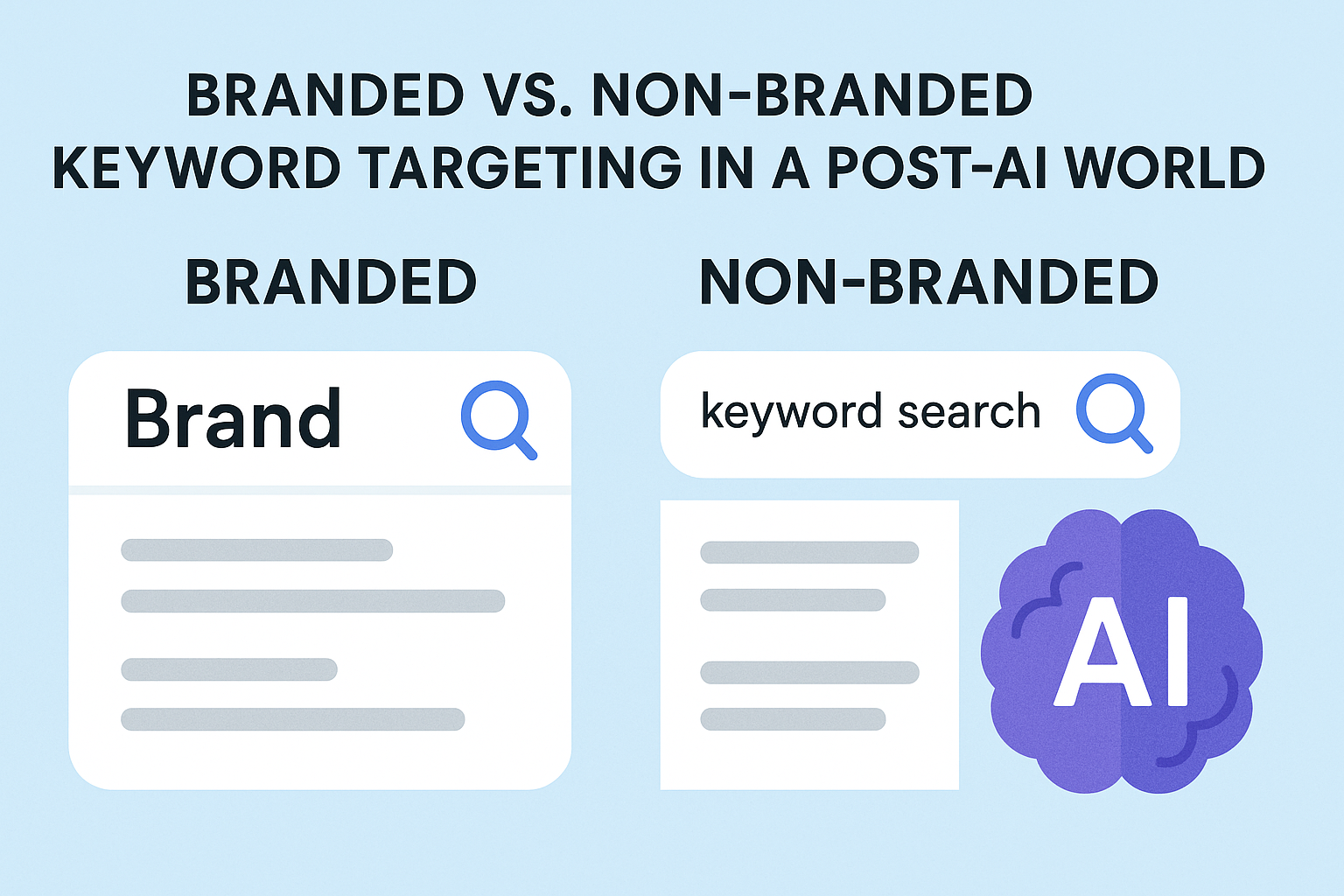In digital marketing, creating content isn’t enough. You need to create content that converts — something that’s useful for your audience. The most common types of content are blog posts, infographics, videos, social media, and podcasts.
When thinking about content marketing, you might only focus on content creation. But there’s so much more than that — from research to optimization, organization, publication, and lead tracking. Have you ever wondered if there are free content marketing tools that you can use to perform all these tasks?
The good news is it’s possible to make the most of content marketing without paying a cent. Sure, you might think that filling your marketing stack with paid tools can give you huge success. But if there are better and free alternatives, why not take advantage of them?
This article will tackle the content marketing tools list based on the following categories:
- Marketing Research Tools
- Design and Content Creation
- Reading and Writing Tools
- SEO and Website Optimization
- Organization Tools
- Social Media Publication and Scheduling
- Lead Generation and Email Marketing
- Analytics and Reports
Marketing Research Tools
Before you create content, you need to know the trending topics on the Internet. As much as you want to have freedom on your digital content, it doesn’t always work that way. Hot topics mostly convert, and the unknown will remain on the last page of Google’s search results. Conduct smart research by using:
1. Google Scholar
If you’re looking for scholarly and science-heavy articles, there’s no better tool than Google Scholar. This platform is often overlooked by marketers, but it helps build your credibility. Some of the content that you can find on Google Scholar are books, theses, academic publications, court opinions, and online repositories. If your content is about law or university studies, this is the best platform to start your research.
2. Google Trends
As the name implies, Google Trends is all about Internet trends. With this tool, you can see what people are mostly searching for on the Internet, what are the hot topics in your niche, and who are your top competitors. Trends also give you an idea of the commonly-typed keywords on Google, helping you with your keyword analysis.
3. Blog Topic Generator
This tool is a product of HubSpot, and it’s simple and fun to use. If you’ve already explored Google Trends for hot topics but still can’t come up with your content, Blog Topic Generator might help you. Just enter a few nouns that describe your marketing niche or field and the software will give you worthy post ideas.
Design & Content Creation
Now you’re done with your research. Suppose you already have a topic in mind and you’re ready to create blog posts, infographics, and videos. What software should you use?
4. Canva
If you’ve ever tried applying for social media management jobs, most companies would require Canva knowledge and skills. Adobe Photoshop may be the champion for design and layout, but Canva is much easier to use. The platform also comes with pre-made templates for any type of content, which you can’t find in Adobe products.
Charts, infographics, slideshows, brochures — Canva provides everything you need. And you don’t even need designing skills to use this tool, it’s just a simple drag-and-drop creation.
5. GIMP
GIMP is another great alternative to Adobe Photoshop. It offers a wide toolset that’s similar to Photoshop but with no cost. From the name itself — GNU Image Manipulation Program — GIMP is the best software for image manipulation, free-form drawing, and other post-production processes. You may create original logos, collateral, social media posts, and other marketing materials on this program.
6. Lightworks
Lightworks is the best overall free video editing tool on the Internet. It presents a simple and intuitive interface, making the whole editing process faster and easier. Hesitant with your video editing skills? Don’t worry; Lightworks provides video tutorials. The platform offers original stock videos and music clips that you can use for your project. Plus, you can easily share your videos on social media sites, including YouTube, Facebook, Instagram, and Vimeo.
Reading & Writing Tools
You may have an eye-catching design, but when your text is poorly-constructed, you still can’t hit the marketing gold. Check your grammar, spelling, and readability score to improve your blog posts and get more readers.
7. Grammarly
This tool is your best buddy in writing. Grammarly checks your grammar, spelling, and punctuation. It also rates your article from 0 to 100 percent. The higher your score, the more engaging your content. The free version is already great for solving basic writing problems. But if you want to ace your blog posts, you can try a paid subscription. It offers in-depth checking such as word usage, word omission, and plagiarism check.
8. Readability
Readability converts your content into a simple, easy-to-read format. As the golden rule of writing states, “your article should be readable even to grade-schoolers.” With this tool, you can determine if your blog content is understandable and conversational. It also shows you how long it takes to read your article.
9. Hemingway
Hemingway is a combination of Grammarly and Readability. It checks grammar and highlights unnecessary adverbs and overly dense passages. The tool also provides a readability score that’s presented through a reading level, i.e. Grade 7 (Good). Additionally, Hemingway counts your paragraphs, sentences, words, and characters — giving you more accurate data of your text.
SEO & Website Optimization Tool
Search engine optimization and website optimization are two important marketing aspects that every business shouldn’t miss. It’s the foundation of your online marketing success.
10. Google PageSpeed Insights
This tool checks your website’s speed and usability on multiple devices. To use PageSpeed Insights, just enter a URL and it’ll test the site’s loading time and performance on desktop and mobile. You’ll then see how fast or slow it takes your website to load and your performance score from 0-100. The tool also suggests areas for improvement to get more traffic and enhance your visitors’ activities on your page.
11. Google Ads Keyword Planner
Google Trends may give you an idea of what people mostly search for on the web, but the Keyword Planner provides an in-depth analysis of searched keywords. However, you need to run a Google Ads campaign to see the exact search volumes. Once you have the campaign, you can now start entering a keyword or group of keywords into the tool and see helpful statistics. These stats include clicks, impressions, CPC, CTR, monthly search volume, and suggested terms that you might consider.
12. Yoast SEO
Yoast SEO is one of the best tools for your blog post optimization. Just enter your main keyword and the platform will show problems, suggest areas for improvements, and determine the good points of your article. Specifically, Yoast SEO checks your title, meta description, content structure, readability, and text length. Once everything is good, you’ll see a green dot beside the SEO and Readability categories.
Organizational Tools
Keeping up with your daily marketing activities can be challenging. Hence, you need an organization management tool to help sort out your daily responsibilities and keep you on track with your to-do lists and accomplishments.
13. Trello
Trello is arguably the favorite of most organizations. It suits all areas of your business including creativity, finance, and science. The tool allows its users to create boards, lists, and cards for different projects. For example, you’re currently running a summer campaign on social media.
You can create a SocMed Summer Campaign board and track your to-dos, doing, and done assignments. You may also add labels, deadlines, descriptions, comments, and files to your cards. The best part? Trello notifies its users a day before a task’s deadline — improving your team’s efficiency.
14. Evernote
Evernote is one of the best digital notes for marketers. It’s perfect for saving articles, drafting texts, storing books, or taking quick notes during an interview. Evernote automatically synchronizes all of the notes you make, allowing you to access your drafts on any device. Aside from note-taking, the tool also enables its users to take pictures and record audio.
15. Microsoft OneNote
OneNote functions similarly with Evernote, but its most notable feature is the option of importing texts and emails into your notes. You may also import and export images and notes in different formats according to your needs. OneNote is a good organizational tool; however, it’s only available for Microsoft users. To use the software, you need to install a Microsoft Office on your computer or register on the OneNote website.
Social Media Publication & Scheduling
Suppose you already have your content designed, optimized, and organized — you’re now ready to publish your content on social media. Overwhelmed about uploading different content on multiple channels? The following tools will help you:
16. Buffer
Buffer is one of the best platforms for scheduling your posts and managing your social media presence. To use this tool, just create a post, select which profiles to share the post to, and add scheduling options. You may add up to 4 social media accounts on the free plan. Aside from scheduling, Buffer also comes with analytics tools that enable its users to track their audience’s activity and determine the best time to post on different social platforms.
17. Hootsuite
When it comes to social media marketing, Hootsuite remains the most popular and established platform utilized by marketers. Like Buffer, you can use it to schedule posts and receive in-depth reports. The tool also allows you to view comments from all your social media accounts in a single dashboard.
With this, you can respond to comments more effectively — enhancing your social media presence. The free plan is limited to 3 social media profiles and up to 30 scheduled messages.
18. Later
Later started as an Instagram scheduling tool, but it now supports other social networks. Unlike Buffer and Hootsuite, Later highly focuses on visual content. It allows its users to schedule any type of content — from in-feed images or video posts to carousels and stories. If you want to get other features like analytics and saved captions, you need to upgrade to a paid plan.
Lead Generation & Email Marketing
Aside from social media, you also need to nurture your leads through email marketing. The best tools to use are:
19. MailChimp
With the free version, you can add up to 2000 contacts and send 10,000 emails per month. MailChimp is a favorite of many small businesses because of its simple interface and beautiful templates. Aside from emails and newsletters, the tool also provides layouts for Facebook and Instagram posts. You can schedule your emails and see who clicked on them or unsubscribed to your list.
20. HubSpot
HubSpot isn’t just for email marketing — it covers all business aspects, including sales, CRM, and website optimization. The tool focuses on inbound marketing and its CTAs are uniquely tailored to individual leads. Using HubSpot’s pop-up tool, marketers can easily generate email leads from their website and see which pages their leads have visited. HubSpot is the best platform to acquire new customers and convert leads quickly.
21. OmniSend
Unlike MailChimp, the subscribers for OmniSend are unlimited. And you can send up to 15,000 emails per month. This platform is ideal for businesses that have online stores. It quickly imports products from your store and generates them into beautiful email content. To maximize your OmniSend experience, you may send out discount codes, create signup forms, or send automated emails for order confirmations and abandoned carts.
Analytics & Reports
We’re down to the last but most essential category of digital content marketing — analytics. Tracking your progress is a must, or you’ll never know whether your campaigns are doing good or bad online.
22. Google Analytics
Google Analytics remains to be the number one tool for reports and analytics. Previously, it only tracks website performance but now, it can track social media, email marketing, and eCommerce performances. From visitor demographics to website activity and cart abandonment — Google Analytics can provide you all the data you need in real-time.
23. Simply Measured
Simply Measured is ideal for big brands. It offers a wide array of reports, including Twitter Follower Report, Facebook Content Analysis, Instagram User Report, Traffic Source Report, and Vine Analysis. If you want a tool that can provide you in-depth analytics of your social profiles, use Simply Measured.
24. Segment
Segment is the only interface you’ll need for your third-party apps. Once the Segment snippet is added, users can now connect new applications to their website. These apps include MailChimp, Google Analytics, and social media management software. No need to look everywhere for your visitor data — Segment gives it to you in a single dashboard.
Final Thoughts
Digital content marketing is fun, especially when you’re using the right tools and software. Which of the tools have you tried already? Which ones would you add to your list? To determine the best software that suits your business, you need to know first what type of content you’d like to produce. Then, outline your strategies and activities and give your best shot in content marketing!

The Search Engine Cage team is on a mission to educate entrepreneurs. We make things easier for the small business owner, by writing articles that help them to understand SEO and Digital Marketing.







